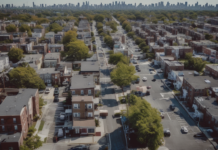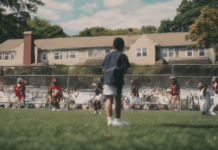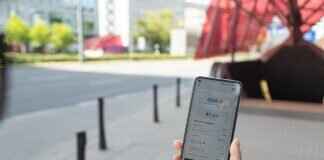For Indian families choosing between Briarwood and Jamaica Queens in 2024, rental prices differ by as much as $300 per month for similar two-bedroom apartments, with Briarwood typically being more affordable and quieter. As of November 2024, Briarwood’s PS 117 is seeing higher test scores compared to Jamaica’s schools, which is a key consideration for families focused on education. One practical tip: Briarwood’s proximity to the E and F subway lines can cut commute times to Midtown by up to 20 minutes versus Jamaica’s busier, often delayed transit hubs.
Understanding the differences between these neighbourhoods is crucial, as both offer strong South Asian communities but vary in cost, school quality, and daily convenience. The choice is tricky because Jamaica has more Indian grocery stores and temples within walking distance, while Briarwood offers more green space and slightly less congestion.
This guide on Briarwood vs Jamaica Queens: Indian Family Comparison gives you up-to-date school stats, cost-of-living breakdowns, and first-hand advice on community resources, so you can confidently choose the best fit for your family’s needs in NYC.
Overview of Briarwood and Jamaica Queens Neighborhoods
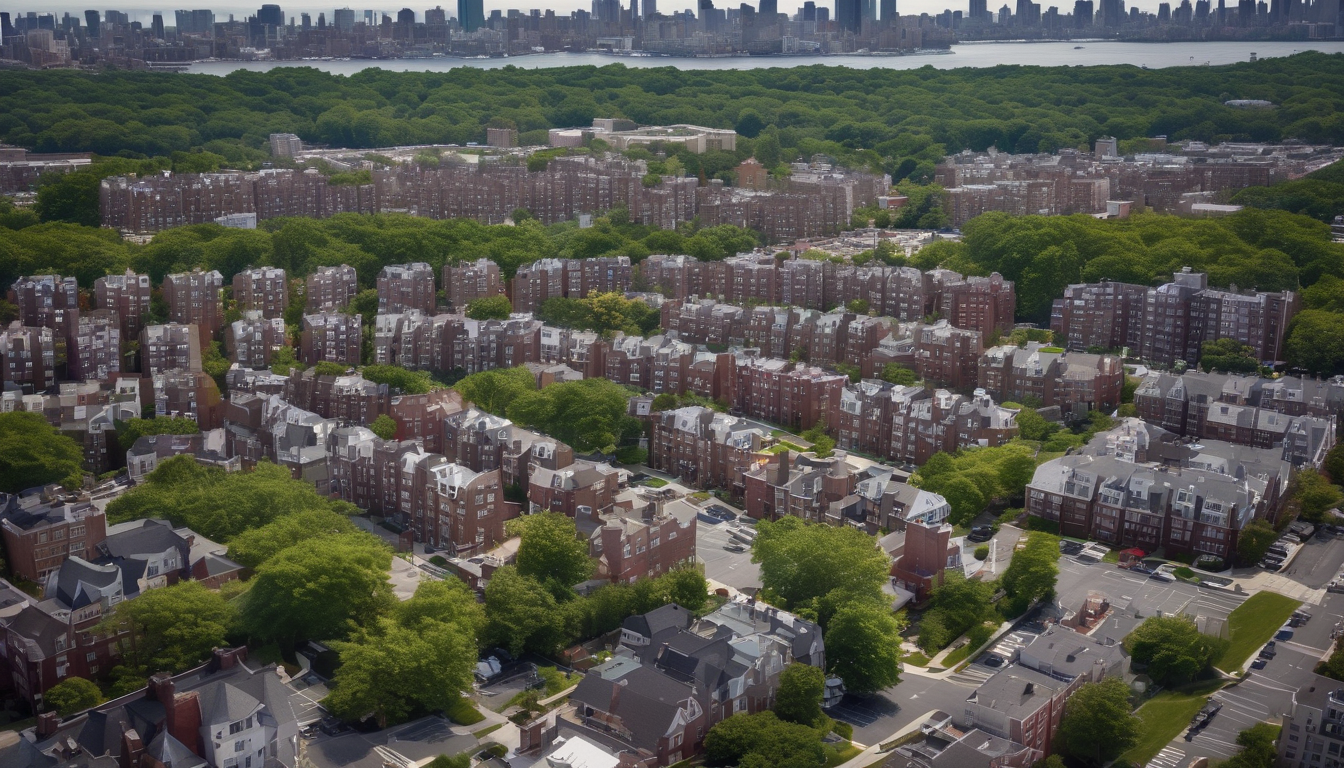
Let’s be honest—if you’re an Indian family weighing up Briarwood vs Jamaica Queens, you’re not just comparing neighbourhoods, you’re scouting for a lifeline in this relentless NYC machine. Briarwood, tucked in central Queens and hugged by the F and E subway at Briarwood–Van Wyck Blvd, feels more residential, with tree-lined side streets and a surprising calm despite being a stone’s throw from Queens Boulevard. Jamaica, meanwhile, buzzes with energy—Sutphin Blvd–Archer Ave is your main transit hub, with the AirTrain whirring in and out to JFK. Both spots offer proximity to Jackson Heights (the beating heart of Desi groceries), but Briarwood’s slower pace might suit families looking for a breather from Manhattan’s chaos.
💡 Pro Tip: The F line from Briarwood gets you to Midtown in under 30 minutes during off-peak hours, making commutes manageable for most families.
Rent is a major factor in 2024—Briarwood’s two-bedrooms hover around $2,600, while Jamaica’s range from $2,200–$2,800 depending on proximity to transit and building amenities. Expect to pay a broker’s fee (sometimes 1 month rent), and bring your documents—proof of income, IDs, and recent pay stubs—ready for those lightning-fast leasing offices that close by 6pm. Briarwood’s co-ops tend to have stricter application processes, but Jamaica’s newer high-rises come with gyms and 24-hour security, which can be a draw for families prioritising safety and convenience.
⚠️ Warning: Avoid showing up late to rental appointments—latecomers often lose their spot to the next family in line.
Schools are a big draw too. PS 117 in Briarwood is well-rated, with after-school language programmes, while Jamaica’s public schools like PS 82 focus on STEM and have more diverse extracurriculars. Both neighbourhoods are zoned for District 28, but admissions can be competitive and waitlists are common, especially for pre-K spots.
For daily life, you’ll find a bodega on nearly every corner in Jamaica—great for late-night snacks or a quick carton of milk. Briarwood, on the other hand, leans on small delis and quieter playgrounds like Maple Grove Park, offering a more suburban vibe despite being firmly in the city’s sprawl. The Q44 and Q60 buses keep both neighbourhoods well connected, but expect crowded rides during rush hour.
🎯 Key Takeaway: Choosing between Briarwood and Jamaica means balancing transit access, school quality, and lifestyle pace for your family.
Lastly, for new arrivals, don’t underestimate the MetroCard—refilling at busy stations like Sutphin Blvd can eat up precious time; consider grabbing a monthly unlimited to save hassle and cash if you ride daily.
Housing Options and Cost Comparison in 2024
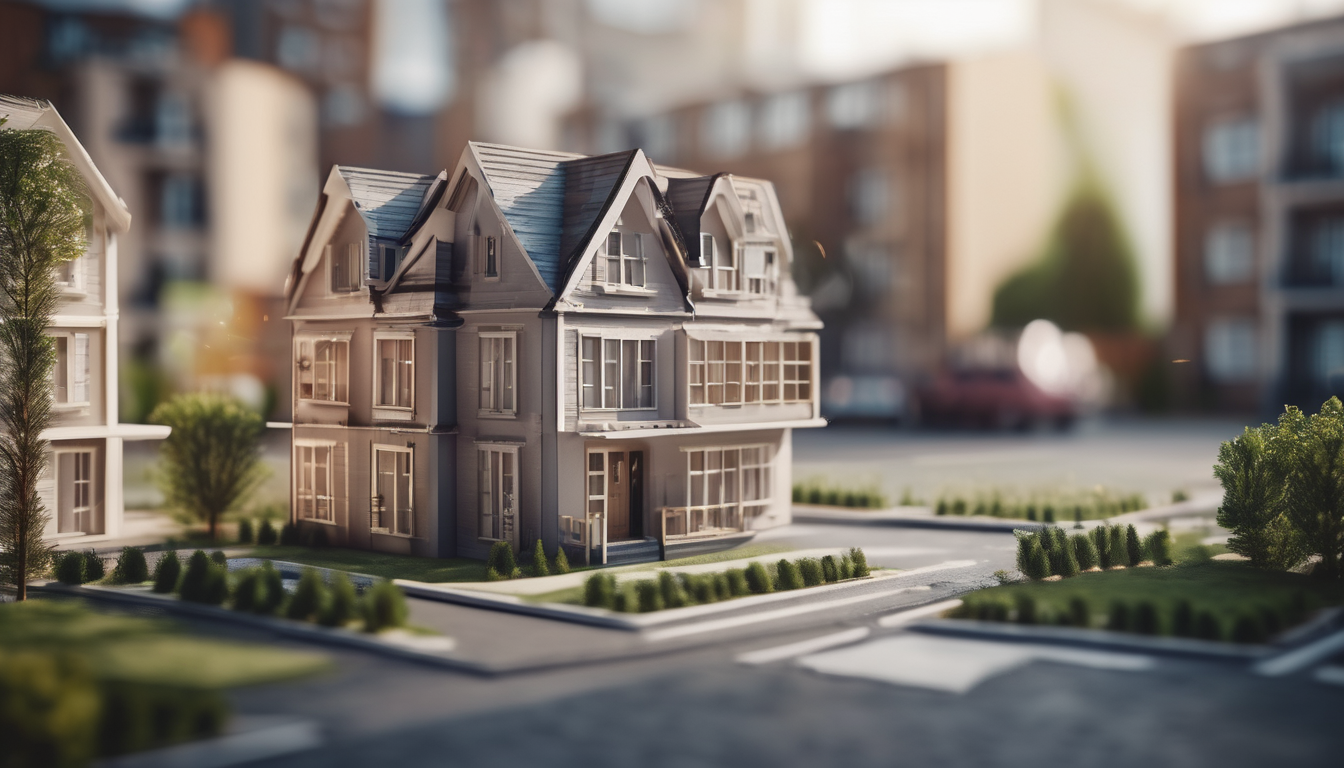
When it comes to housing options and cost comparison in 2024, the Briarwood vs Jamaica Queens: Indian family comparison often starts on the E or F subway platform. Briarwood, tucked just south of Queens Boulevard with its namesake station, offers a quieter, more residential vibe—think co-ops and postwar rentals, many within walking distance of the Briarwood–Van Wyck Blvd stop. Average two-bedroom rents hover around $2,400 per month, and you’ll spot families balancing strollers and MetroCards on tree-lined streets. Jamaica, in contrast, is a transport hub—anchored by Jamaica Center–Parsons/Archer and Sutphin Blvd–Archer Ave stations—buzzing with high-rises, new developments, and plenty of prewar walkups. Rents here span from $2,200 for older units to $3,200 for shiny new apartments near Archer Avenue.
💡 Pro Tip: Go apartment hunting on weekdays to avoid weekend crowds and see how neighbourhoods feel during regular office hours.
Indian families considering these Queens neighbourhoods have to weigh commute times: Briarwood to Midtown Manhattan on the F train is roughly 35 minutes, while Jamaica’s LIRR access can cut that down to 20 minutes if you’re willing to pay extra. Groceries are cheaper in Jamaica, with Patel Brothers and corner bodegas packed near 168th Street, but Briarwood’s proximity to Forest Hills means more diverse supermarkets—albeit at a slightly higher price point. Both areas have local organisations that help newcomers navigate lease paperwork, which, in 2024, can take up to 10 business days for approval depending on the management company’s backlog.
⚠️ Warning: Never wire deposit money before seeing an apartment in person, even if the agent claims it’s required to “hold” the place.
Let’s break down some 2024 essentials for
In terms of housing stock, Briarwood has more co-op buildings and single-family homes, while Jamaica boasts newer towers and more Section 8-friendly options. If you’re eyeing a spacious unit for a multigenerational household, Jamaica’s older buildings around Hillside Avenue might deliver more square footage for your dollar. However, Briarwood’s quieter side streets and proximity to PS 117 make it popular with families seeking stability and decent school options.
🎯 Key Takeaway: Always check which school zone an address falls into, as catchment boundaries can change annually and impact your child’s admission options.
Before signing any lease, make a checklist to avoid common pitfalls:
Community Resources and Local Amenities for Indian Families

When it comes to community resources and local amenities for Indian families, Briarwood vs Jamaica Queens is a classic NYC debate—especially in 2024, when families crave both cultural connection and practical support. Briarwood, nestled just off the F and E subway lines at Briarwood–Van Wyck Blvd, offers a quieter vibe with easy commutes to both Midtown Manhattan and Jackson Heights, the latter being the unofficial Indian food capital of Queens. The area’s public library on Main Street opens until 6 PM weekdays, a godsend for homework time. You’ll find the Patel Brothers grocery tucked by Queens Blvd, with fresh produce and spices at 2024 prices—think $2.99 for a kilo of okra, slightly higher than in Jamaica but fresher stock.
💡 Pro Tip: Stop by local bodegas around Hillside Avenue for late-night snacks and essential South Asian ingredients when supermarkets close early.
Jamaica, meanwhile, is a hub for city services and multicultural resources, with the sprawling Jamaica Center and courthouse just off the Parsons Blvd E/J/Z subway stop. Indian families benefit from numerous after-school programmes at the nearby YMCA on Jamaica Avenue, and religious organisations like the Hindu Temple Society on Homelawn Street. MetroCard reload stations are everywhere, but expect lines during rush hour. Community health clinics here open weekends, with walk-in appointments—rare in Queens and much appreciated by working parents.
⚠️ Warning: Avoid clinic rush hours between 8–10 AM, especially on Mondays, to minimise waiting times for health services.
Both neighbourhoods offer family-friendly parks—think Rufus King Park in Jamaica with summer movie nights, and Maple Grove Cemetery’s peaceful walking paths in Briarwood. Weekend cricket matches are a staple in both, drawing crowds and offering a slice of home. While after-school tuition centres dot Jamaica Avenue, Briarwood’s local community centre on Queens Blvd runs free English classes and Diwali events every October.
For shopping, Jamaica’s larger Indian grocery stores often carry imported brands not found in Briarwood, but expect to pay $1–2 more per item in 2024. Both areas have reliable 24/7 laundromats—essential in NYC living—and Indian-run pharmacies that process prescriptions in under 30 minutes, even without insurance. The Q20A and Q44 buses connect both neighbourhoods for under $3 per ride with a MetroCard.
🎯 Key Takeaway: Indian families in Briarwood enjoy quieter streets and easier parking, while Jamaica provides broader access to community services and multicultural amenities.
For 2024/2025, keep an eye out for new community classes and cultural events popping up at the Jamaica Performing Arts Center—perfect for fostering connections in a city that never really slows down.
Factors to Consider When Choosing Between Briarwood and Jamaica Queens
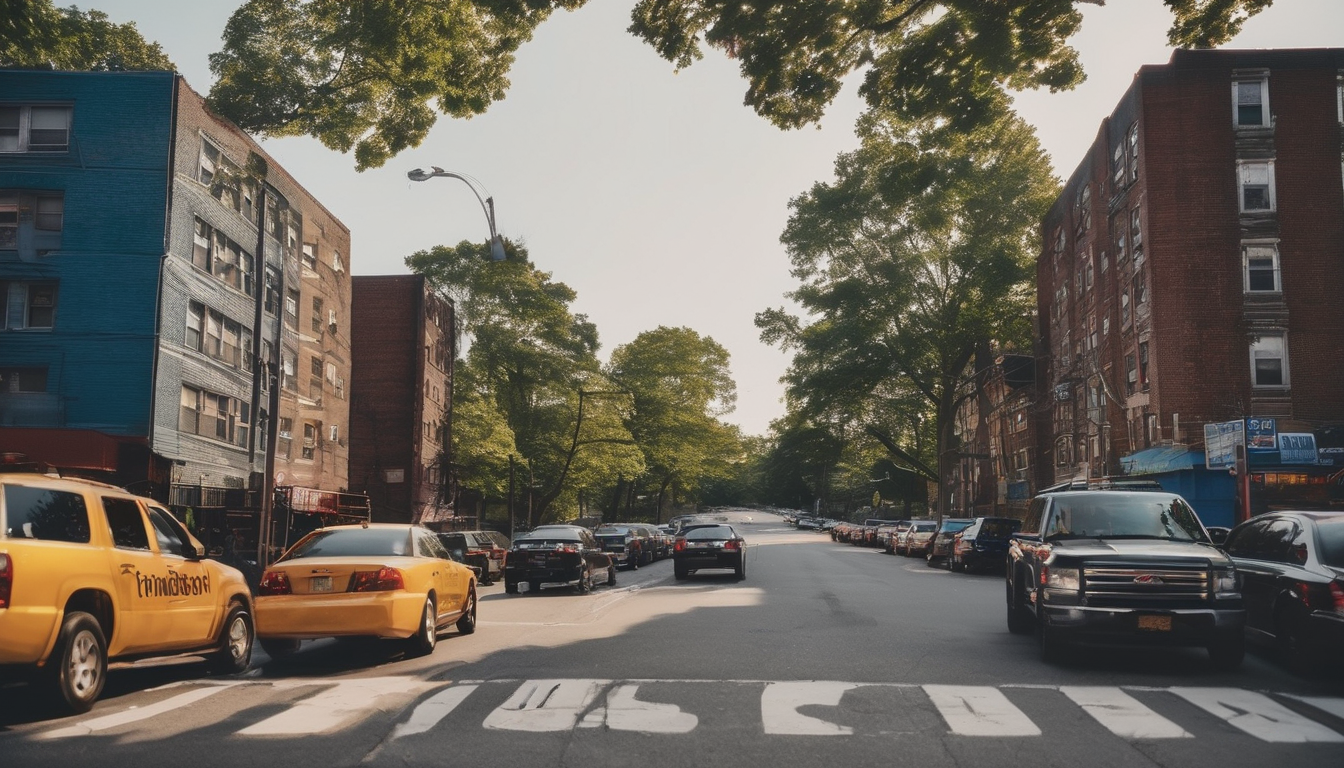
When weighing Briarwood vs Jamaica Queens for Indian families in 2024, your first consideration should be the neighbourhood vibe. Briarwood sits quietly off the F subway line near Queens Boulevard, offering a leafier, more suburban feel. Jamaica, anchored by the bustling Sutphin Boulevard–Archer Avenue station (E, J, Z lines), pulses with city energy and a diverse street scene, with sari shops and halal carts on nearly every corner. For those wanting a tight-knit, quieter community, Briarwood may edge ahead, but Jamaica’s lively atmosphere can be a draw for those craving more action and cultural variety.
💡 Pro Tip: Weekends in Jamaica bring open-air markets and Indian grocery specials around 168th Street and Hillside Avenue.
Real estate and rent are a huge factor. As of 2024, Briarwood’s median two-bedroom rent hovers around $2,350 per month, while Jamaica averages closer to $2,100. Both neighbourhoods have walk-ups and co-ops, but Jamaica offers more high-rise options and faster access to the AirTrain for JFK commutes. Don’t underestimate how much those extra $200 a month can mean when you’re budgeting for MetroCards, after-school tutoring, and cricket gear for the kids.
⚠️ Warning: Many Jamaica apartment listings move fast—be ready with paperwork or risk missing out on the best deals.
School quality is another key issue for Indian families. Briarwood boasts PS 117 and The Young Women’s Leadership School, both with solid reputations and diverse student bodies. Jamaica’s magnet schools, like York Early College Academy, offer accelerated programs but require early applications and entrance tests. Consider proximity to after-school Hindi language classes, often run at temples on Hillside Avenue.
Transit can make or break your NYC routine. If your job is in Manhattan, Briarwood’s F train is reliable but can get crowded by 8:00 a.m. Jamaica’s E, J, and Z lines offer more options, plus bus access to Queens College and Jackson Heights for weekend dosa runs. MetroCard refill machines are plentiful in Jamaica, but lines at Sutphin Boulevard can be long during rush hour.
🎯 Key Takeaway: Living closer to express subway stops in Jamaica can save at least 15 minutes each way on daily commutes.
Finally, think about shopping and community. Jamaica boasts Patel Brothers and Apna Bazaar within walking distance of 169th Street, while Briarwood offers smaller Indian grocers like Subzi Mandi on Main Street. Temples and mosques are plentiful in both, but Jamaica’s larger gatherings mean more festival celebrations and community events on weekends.
Tips for Indian Families Moving to Either Neighborhood in NYC
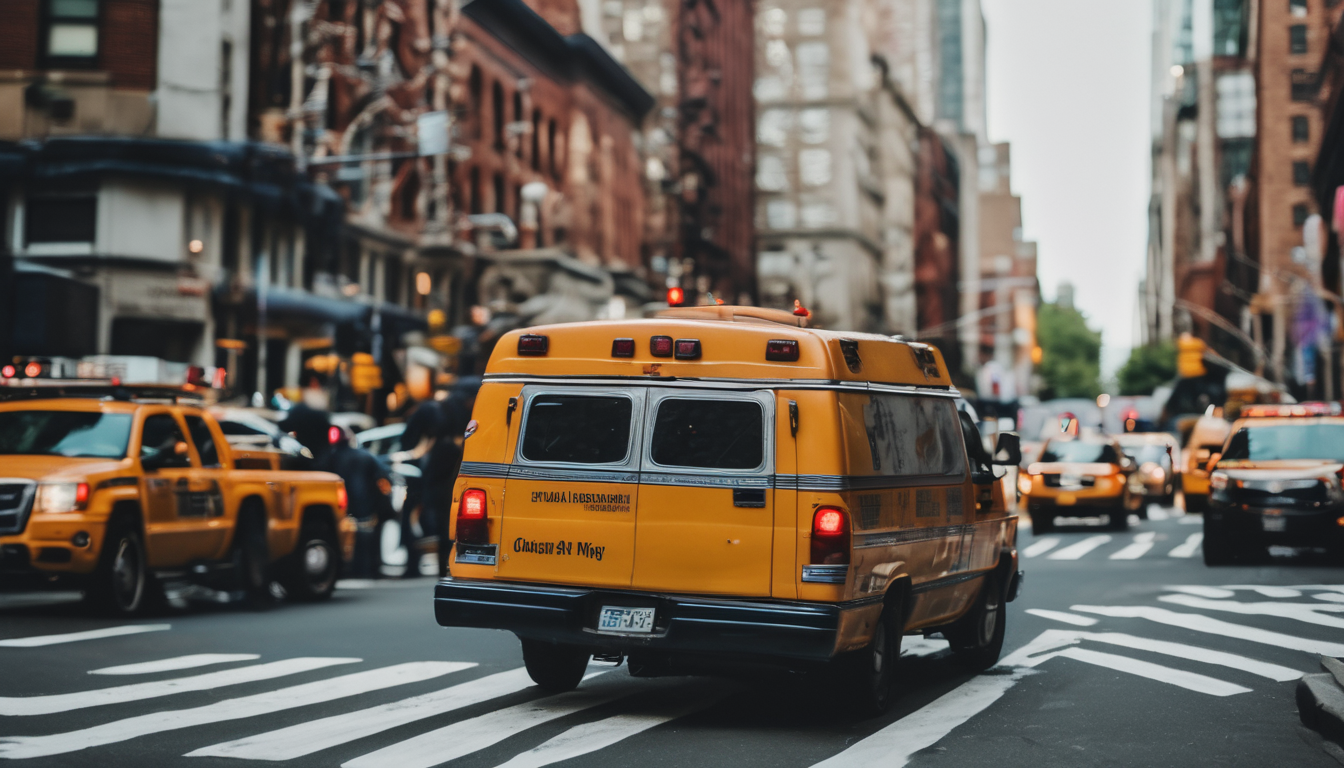
When weighing Briarwood vs Jamaica Queens for your Indian family, the primary keyword here is “community fit.” Both neighbourhoods offer proximity to essential NYC subway lines—the E, F, and J trains zip you to Manhattan in under 40 minutes from Sutphin Blvd or Briarwood-Van Wyck stations. Briarwood’s quieter side streets and Jamaica’s bustling avenues each have advantages; finding the right balance of comfort and convenience is key, especially if you plan to commute to Midtown or spend weekends in Jackson Heights chasing authentic chaat.
💡 Pro Tip: Always check the MTA’s service change alerts before planning school or work commutes as Queens lines often face weekend delays.
For families with school-age children, note that public school ratings in Briarwood tend to edge out Jamaica, but after-school programmes fill up quickly—apply the moment registration opens. Indian grocery options are plentiful both ways, but Jamaica’s 168th Street corridor has more late-night bodegas and halal counters, while Briarwood leans on a handful of specialty stores closer to Main Street. Rental prices as of mid-2024 average $2,600 for a two-bedroom in Briarwood, about $200 less than comparable units near Jamaica Centre, but expect a 3-4 week processing time for most rental applications.
⚠️ Warning: Do not rely solely on online listings; always visit apartments in person due to frequent listing discrepancies in Queens.
Even if you have relatives on Long Island, securing a MetroCard is non-negotiable. The OMNY tap system is now active citywide, and you’ll save headaches by linking your card or phone for automatic refills. Local Indian associations in both neighbourhoods host Diwali events, but Jamaica’s gatherings tend to be bigger and more central, especially at the York College auditorium. If you’re arriving in winter, budget for higher Con Edison heating bills—older prewar buildings near Jamaica Avenue can be drafty, so always ask about insulation and window quality at viewings.
For Indian families seeking houses of worship, both neighbourhoods offer easy access to Hindu temples and Sikh gurdwaras, but Briarwood’s Ganesh Temple on Bowne Street is only a short bus ride away. Don’t forget, Queens’ local lingo includes phrases like “the F train” and “corner bodega”—learn these quickly to blend in. As of 2024, most government offices in Jamaica (like the DMV near Parsons Blvd) operate Monday to Friday, 9am-5pm with lines often stretching out the door, so plan for early arrivals.
🎯 Key Takeaway: Pre-booking appointments at local offices can save hours of waiting, especially during peak afternoons.
Lastly, always introduce yourself to your building’s super or porter; they are your first call for repairs and local tips, and a small Diwali sweet box goes a long way in Queens. Independence comes fast in NYC, but neighbourhood relationships make the transition smoother for new Indian arrivals.
You now have a clearer understanding of the key differences and similarities between Briarwood and Jamaica Queens for Indian families considering a move in 2024. You can better evaluate factors like community vibe, amenities, and affordability to make an informed decision tailored to your needs and preferences.
Your first step is to visit both neighbourhoods in person if possible, ideally within the next month, to get a feel for the environment and local facilities. Doing so will help you assess which area aligns best with your lifestyle and expectations.
Have questions or need further guidance? Share your thoughts in the comments below. For more detailed comparisons and tips on relocating in NYC, check our comprehensive guide on indonewyork.com.


